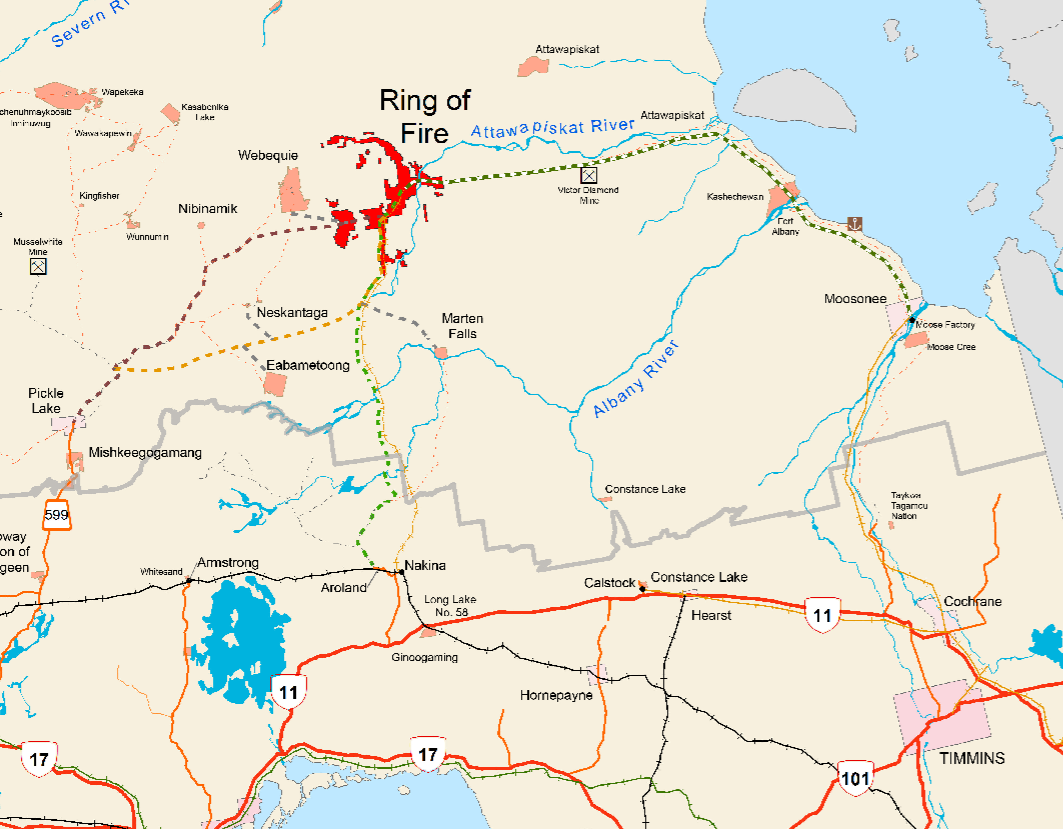ArcelorMittal is evaluating a potential sale of some of its iron ore operations, as the world’s biggest steelmaker seeks to cut debt by divesting non-core businesses, people familiar with the matter said.
The company is reviewing its iron ore assets in Canada, Brazil and Liberia, the people said, asking not to be identified as the matter is private. ArcelorMittal is speaking with financial advisers about options including selling partial or full stakes in at least some of the assets, according to the people. The Canadian business is the largest and more profitable of the three and could be valued at about US$2 billion in any transaction, the people said.
ArcelorMittal hasn’t kicked off a formal sale process, and it could decide to keep the operations, the people said. A representative for ArcelorMittal declined to comment. The shares climbed 2.1 per cent to 12.94 euros as of 9:52 a.m. in Amsterdam.























